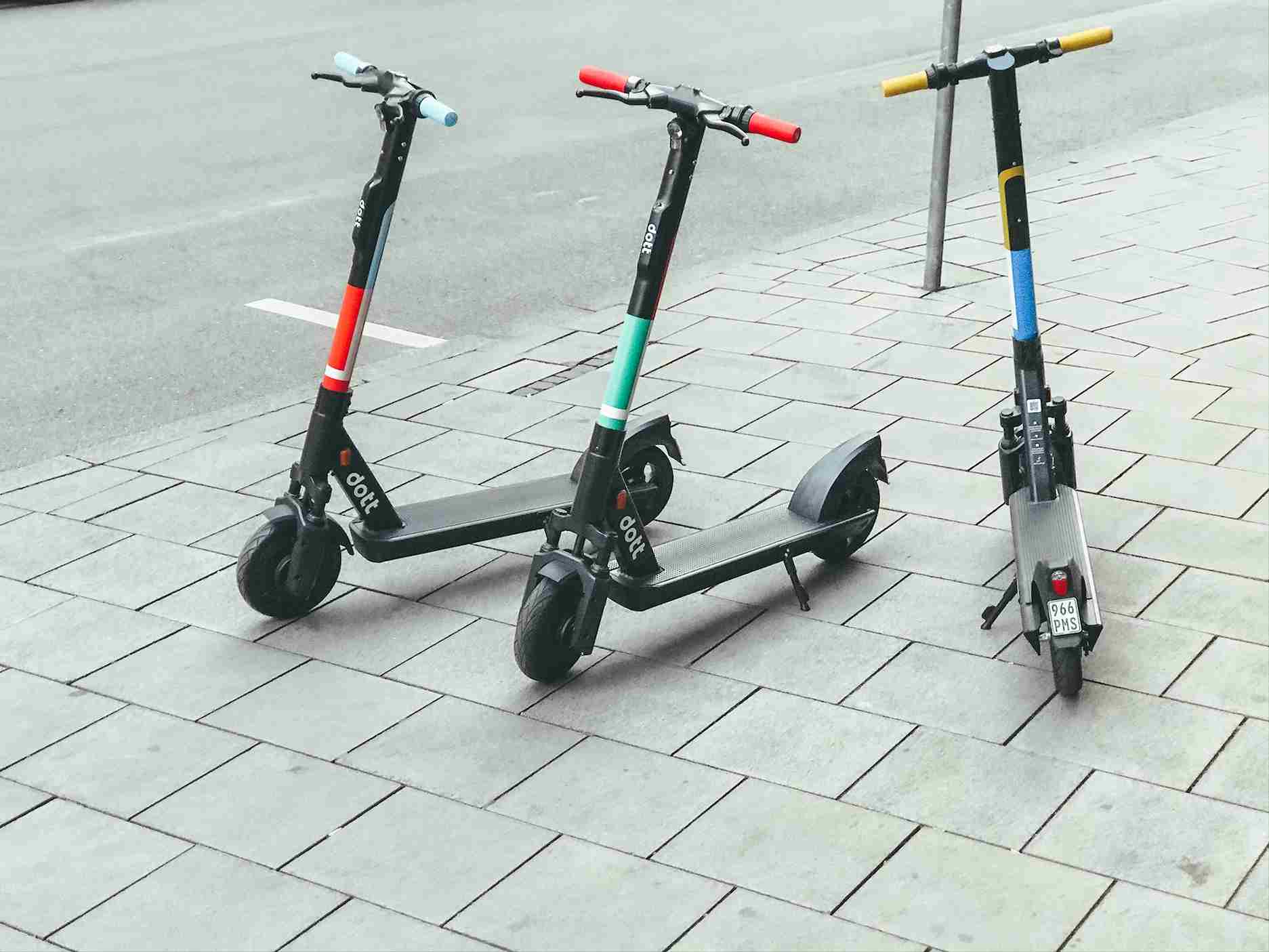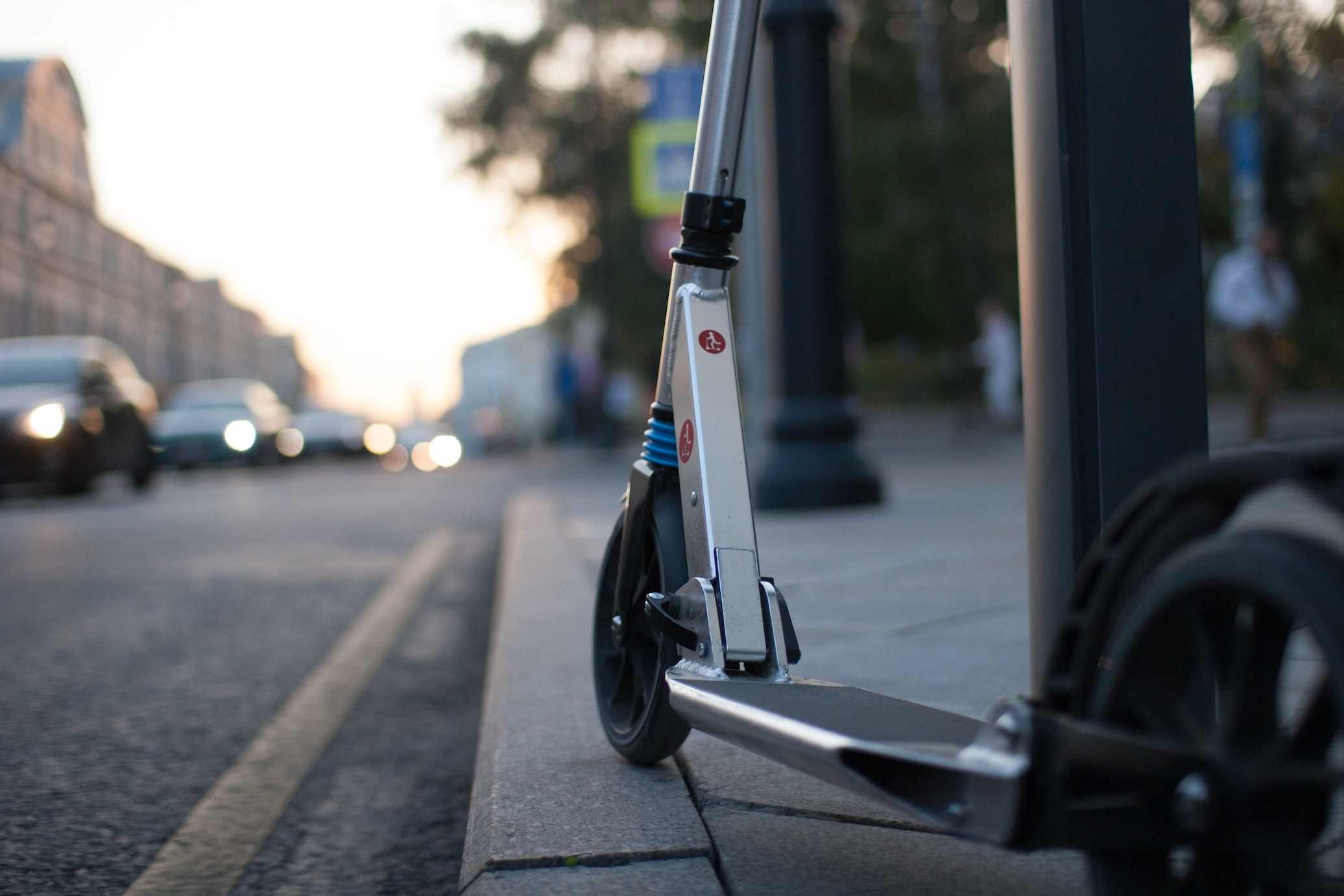

The Philippines' size of car users accounts for only 12 percent of the country's population, with the rest leveraging motorbikes and other micromobility modes of transportation to navigate domestically. However, about 80 percent of the Philippines' roads are designed for private cars, 18 percent for public transit, and 2 percent for pedestrians and micro-vehicles.
When the pandemic struck, the Philippines imposed prohibitions for motorized vehicles to navigate throughout the country, except for the usage of bikes and scooters by essential workers. Over time, non-essential workers were also allowed to maneuver using bikes and scooters, introducing significant growth to micro-mobility.

The popularity of micromobility vehicles, specifically scooters, was due to the lack of the government's obligation to register ownership of scooters. Today, scooters are not categorized as motorized vehicles, putting them outside the country's jurisdictions as they do not run for over 26 km/hour.
Industry-wise, numerous foreign motorbikes manufacturers in the Philippines have localized their production base for domestic sales, accounting for 28 companies registered inside the Philippines Economic Zone Authority (PEZA) to manufacture lightweight vehicles for exports and be subject to investment transfers technology and industrial enhancement.
The Philippines has also imposed regulations for motorcycle manufacturers, assemblers, and importers to obtain a Certificate of Conformity (COC) from the government for conducting economic activity of motorcycle units, standardizing the quality of nation-produced motorbikes, and preparing them to compete in the global market.
The Philippines is already a well-known motorcycle producer, ranking in the 7th position globally with over 1.59 million units established per year. According to the newly launched Euro 3 Emission, the regulations imposed to stricken the standards still bring the country 35 percent growth albeit the slow sales during the pandemic.
The country's success in maintaining comparatively stable growth during the global crisis alongside solid consumer purchasing power has attracted foreign investment in some key markets in the Philippines, including the motorcycle assembly and production industry.
Today, the Philippines micro-mobility market is pioneered by China, Taiwan, Thailand, Malaysia, India, and Japan. However, the market is still considered relatively unsaturated compared to the micro-mobility industry in Southeast Asian neighboring countries despite the ease in technology licensing agreements and comprehensive motorcycle production regulatory frameworks.
2021 has seen some significant developments happening in the Philippines micro-mobility industry. Yamaha will start to export its Philippines-produced motorcycles to New Zealand at the end of 2021 alongside Yamaha's expansion to Batangas, providing more than 1.000 jobs for Philippines' citizens. Additionally, local producers such as Ayala-Led have also exported their assembled products to China and most Southeast Asian countries.
Given the increasing significant developments done by the existing players in the industry and the growing appetite for lightweight vehicles to maneuver around the country, the Philippines aims to grow by double digits consistently year on year and become the Southeast Asian micromobility producing assembler and exporter hub.
The rising trade agreements between ASEAN countries and emerging friendly relationships with the European Union in the near future will push the Philippines' micromobility trade to its foreseen growth.

Leading the Charge: Major Players in SEA’s Digital Lending Market
The fintech lending market in SEA is poised for substantial growth, including digital lending which is set to surpass digital payments as the primary revenue driver for the region's digital financial services sector by 2025, with a compound annual growth rate (CAGR) of 33%. This growth is fueled by the widespread adoption of automated loan origination processes and the seamless integration of financial services into digital platforms.

Unlocking Opportunities in the SEA Digital Financial Services Landscape
In recent years, Southeast Asia (SEA) has emerged as a hotbed for fintech innovation, transforming the financial landscape across its diverse markets. This transformation is characterized by a surge in digital financial services (DFS), revolutionizing how individuals and businesses manage their finances. However, the journey is not without its challenges, and understanding these is crucial for stakeholders aiming to navigate this rapidly evolving sector.

How SEA Startups are Navigating Funding Challenges
The startup ecosystem in Southeast Asia (SEA) has long been a vibrant hub for innovation and growth. However, recent global economic shifts and the aftermath of the COVID-19 pandemic have ushered in a new era of funding challenges.

Challenges for Sustainable Recovery in Southeast Asia
Sustainable recovery in Southeast Asia faces numerous challenges, yet also presents significant opportunities for green growth. Addressing sustainable issues is crucial for achieving a resilient and sustainable future.